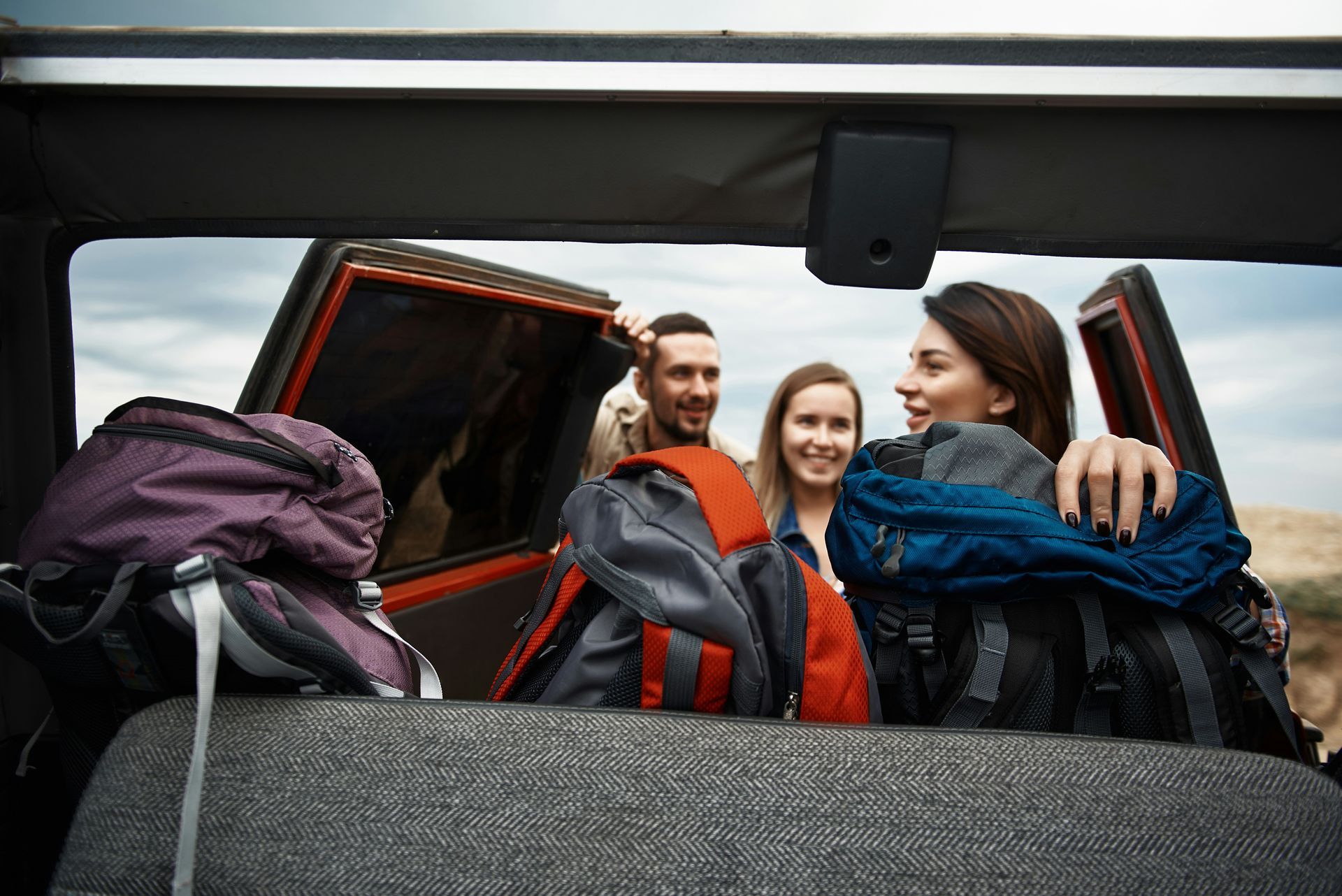
When I was raising my children, we didn’t have the technology available as there is nowadays. I don’t know if that is a positive or negative thing. On long trips with the kids, it was easy to run out of ideas to entertain them. A godsend would have been allowing them to watch a movie would.
However, travelling long-distance with kids in a car can be an excellent opportunity to bond with your children, but keeping them entertained without relying on technology can be challenging. It was a five-hour trip for my kids to see their grandparents. So, I know what it is like to travel with them and keep them entertained.
Here are three of my tried-and-true methods to keep kids of all ages engaged and happy during long and short trips.

Long Trips (Over an Hour)
1. Sing-Alongs
Music is a universal language that can turn any car ride into a fun experience. One of my favourite memories is singing along to Meatloaf's "Bat Out of Hell" with my kids. We all knew the words and had a blast belting the lyrics together. Create a family playlist with everyone’s favourite songs and have a car karaoke session. Have each family member add at least one of their favourite songs and have fun singing out the tunes.
2. Storytelling
Another fantastic way I used to entertain my children was taking turns making up stories. One of us started with a sentence, and then each person added to the story. Storytelling not only keeps everyone entertained but also encourages creativity and imagination.
To keep current with this activity here are two storylines adapted to relate to current movies Spider-Man and If.
Spider-Man’s Mysterious Villain
- Starting Sentence: “One sunny afternoon, Peter Parker found a strange device hidden in his school locker, and it started to beep loudly.”
- Story Progression: Each family member adds a part to the story, such as Peter discovering the device is a tracking beacon left by a new villain in town. You can include exciting elements like Spider-Man’s encounters with this new villain, teaming up with other superheroes, or uncovering a plot that threatens New York City. The twist could involve a surprise ally or a secret from Peter’s past.
If: The Dream World Adventure
- Starting Sentence: “When Alice woke up, she found herself in a whimsical dream world where anything she imagined came to life.”
- Story Progression: You can have Alice discover that she has the power to shape this dream world. Then, include imaginative elements like creating fantastic creatures, exploring magical landscapes, or solving riddles to find a way back home.
- Along the way, Alice can meet friends who help her understand essential l life lessons or confront fears that take shape in this dream realm. Again, this encourages creativity, exploration, and reflection on personal growth and self-discovery.

3. License Plate Games
The third game involves spotting different license plates. For a twist, makeup stories about the people in the cars based on their plates. This can lead to some hilarious and imaginative tales.
Here are three adaptions to the game.
1. Alphabet Hunt
How to Play: Try to spot each alphabet letter in sequence within a certain time limit or before reaching a specific landmark. You can also include a rule that the person who spots the letter must use it in a sentence related to the trip, like “B is for the Big Blue car we just passed.”
2. License Plate Math
How to Play: Use the numbers on license plates to create math problems. For example, if a plate has the numbers 3, 7, and 5, you can add them (3+7+5=15), multiply them (375=105), or use any other operation.
3. License Plate Words
How to Play: Use the letters on license plates to create words. For example, if a plate has the letters D, O, and G, you could make “Dog.” The longer the word, the more points you earn.
To make the game more challenging, set rules such as the words must be related to the trip (e.g., words about nature, places you’re visiting, or car-related items). Or, you can also play a version where each player has to use their word in a short story or sentence, which can lead to some fun and imaginative tales.
These games entertain kids and help with letter and number recognition, math skills, and creativity. Plus, they encourage kids to stay engaged with their surroundings during the trip.
All you need is some paper and a pen or pencil.
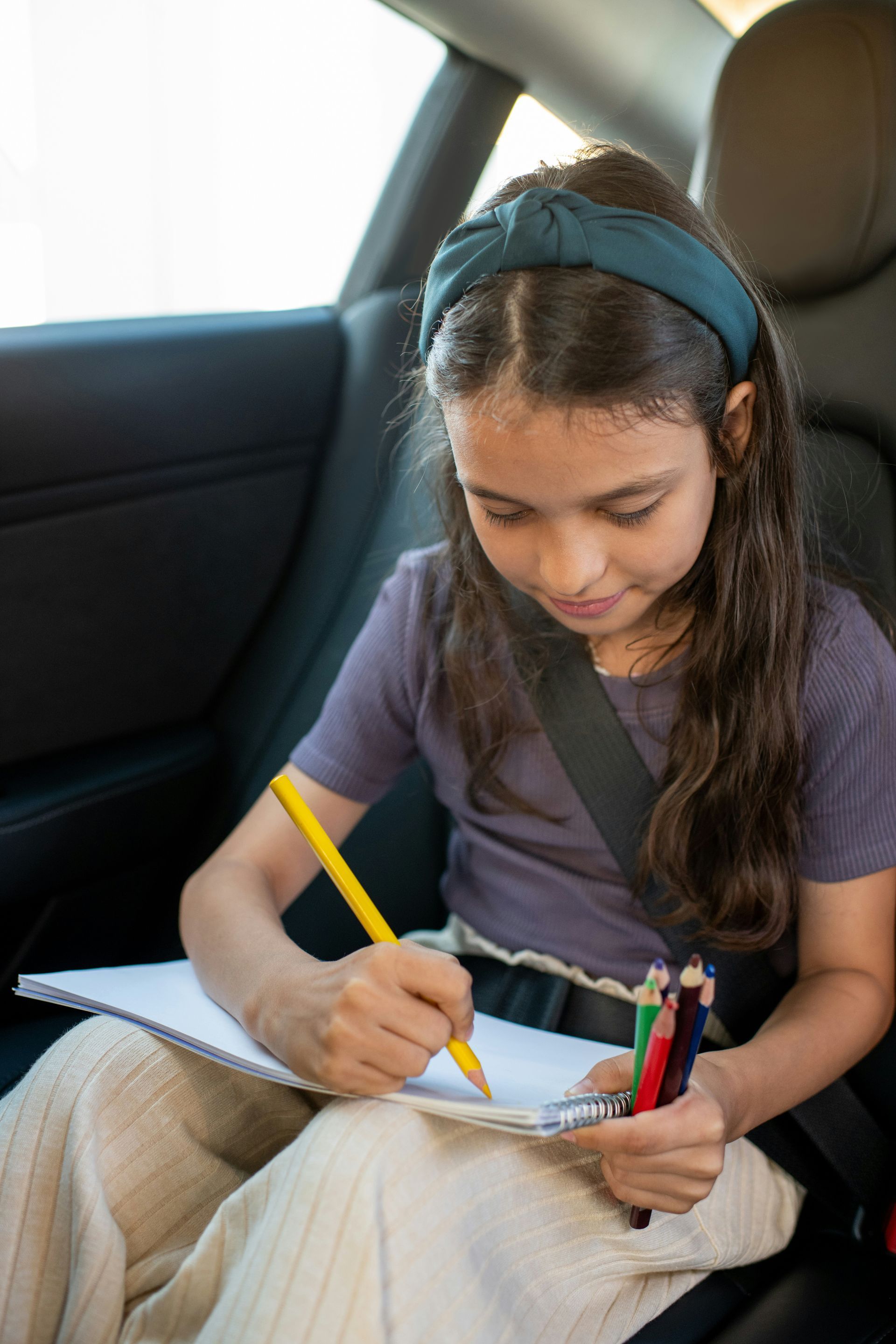
Short Trips
When my kids were teenagers, short trips to hockey or other activities allowed me to spend time with them one-on-one and talk about what was happening in their world.
I remember this one time with my oldest daughter. She was struggling with a friend who wasn’t nice to her.
My daughter was furious and wanted to scream and yell unkind things to her friend.
Because it was only my daughter and me in the car, I got her to yell what she would like to say to her and use whatever language she wanted to use. My daughter took several minutes to let it all out. After she was finished, she felt much better because she could get it out without directing her anger towards the person who hurt her.
Those days are gone, and now it is spent with the grandkids.
Short trips are great for keeping in touch, no matter what age. Here are some games I play with my grandkids.
1. Family Favourites
How to Play: Take turns asking each other about your favourite things. You can ask questions about your favourite colour, dessert, movie, animal, or sport. This simple game encourages sharing and discovering new things about each other, fostering a sense of connection and understanding.
2. Would You Rather?
My grandkids love this game. It is an excellent way to find out about the other person.
How to Play: Ask each other fun and exciting "Would you rather?" questions. For example, “Would you rather be able to fly or be invisible?” or “Would you rather have ice cream or cupcakes?” This game ignites creativity and can lead to fascinating conversations.
3. Memory Lane
I am sorry I didn’t play this game with my grandparents or parents because I no longer have that time with them to learn about what it was like for them growing up. Memory Lane is great for kids to learn more about you and their extended family, such as grandparents or aunts and uncles.
How to Play: Share a favourite memory or story from your past. You can tell stories from your childhood, and your kids can share their favourite memories from family vacations, school, or birthdays. This game helps create a bond through shared experiences and storytelling.
These ideas are great for short trips and help parents and kids connect on a deeper level, making car rides more enjoyable and meaningful.
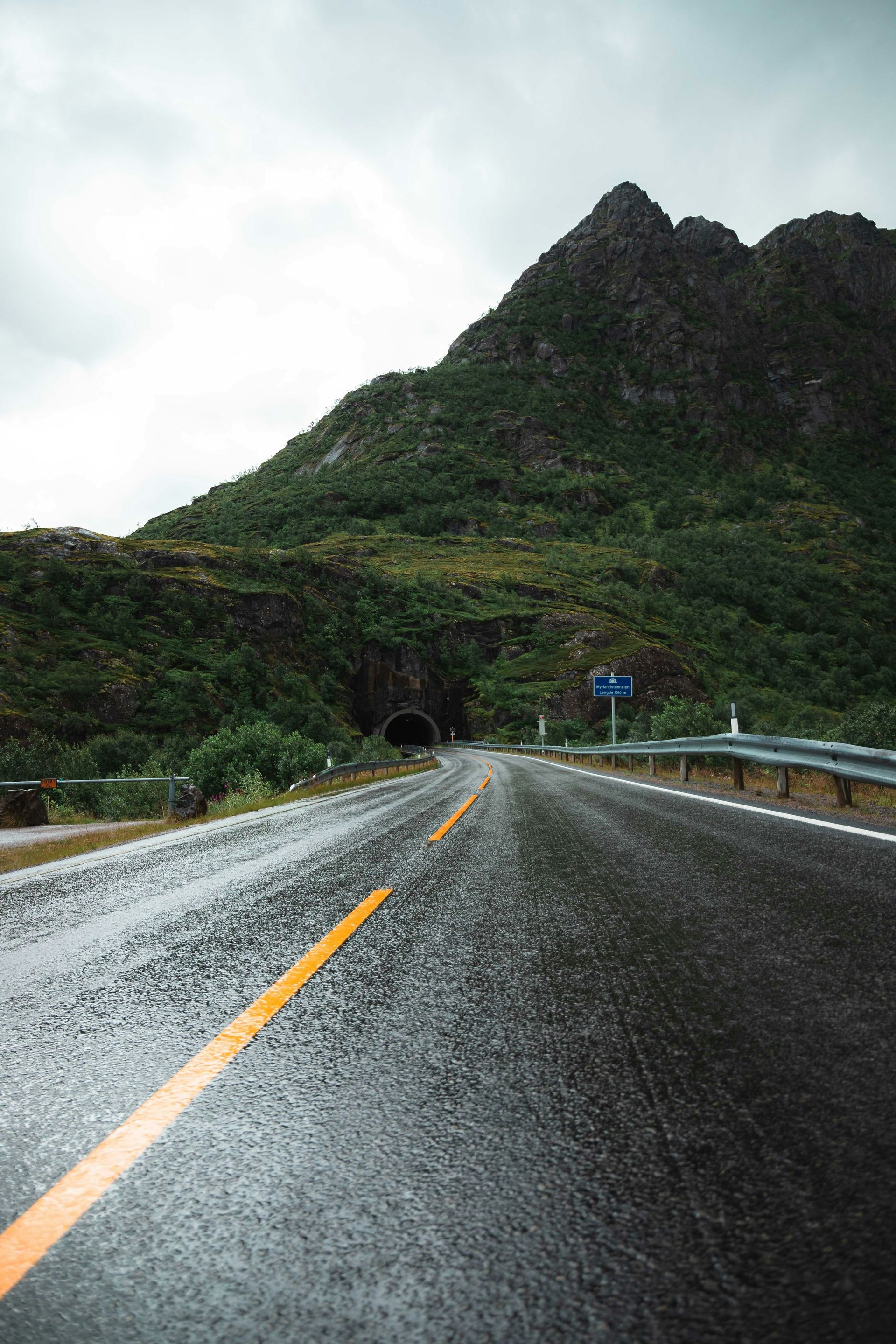
Learning Directions
I am the daughter of a surveyor, so I learned to “get my bearings” at a young age. Now, I do it without even thinking. For example, if I visit a new place, I scan street signs or landmarks, such as the store name on a particular corner. Knowing these landmarks has helped a lot in getting me back where I started.
My daughter was concerned the other day because her son had gone with his friends and a parent to a different city and needed to get back in time for work. They got stuck in traffic, and her son couldn’t tell his Mom where he was. He has driven this highway numerous times with hockey, basketball and other occasions, but he is constantly on his phone and doesn’t take time to know his “bearings.”
When travelling by car with kids, you can teach them to periodically look up from their phones to “check out their surroundings.” Knowing your surroundings helps your child understand “how much further” the trip is.
You might be thinking, but there is GPS. GPS is an excellent tool when it works. My husband works on the highway and deals with many lost travellers because they trust their GPS. Also, what if you travel to an area with no service or, like in the past, have experienced an outage? Periodically looking at your surroundings can be valuable.
Here are some ways to help your children learn about directions:
1. Map Reading -
Map reading might shock anyone reading this blog because we have GPS. As I said, GPS is good only if you have an internet connection, and sometimes it can be inaccurate. Some people like to see the bigger picture. I am one of those people. You can do this with a map. Print off a map and have your child follow along. Also, reading a map has excellent educational value.
Give your kids a map and show them the route you’re taking. Explain how to read the map and recognize landmarks. Map reading can be a fun and educational activity that makes them feel involved in the trip.
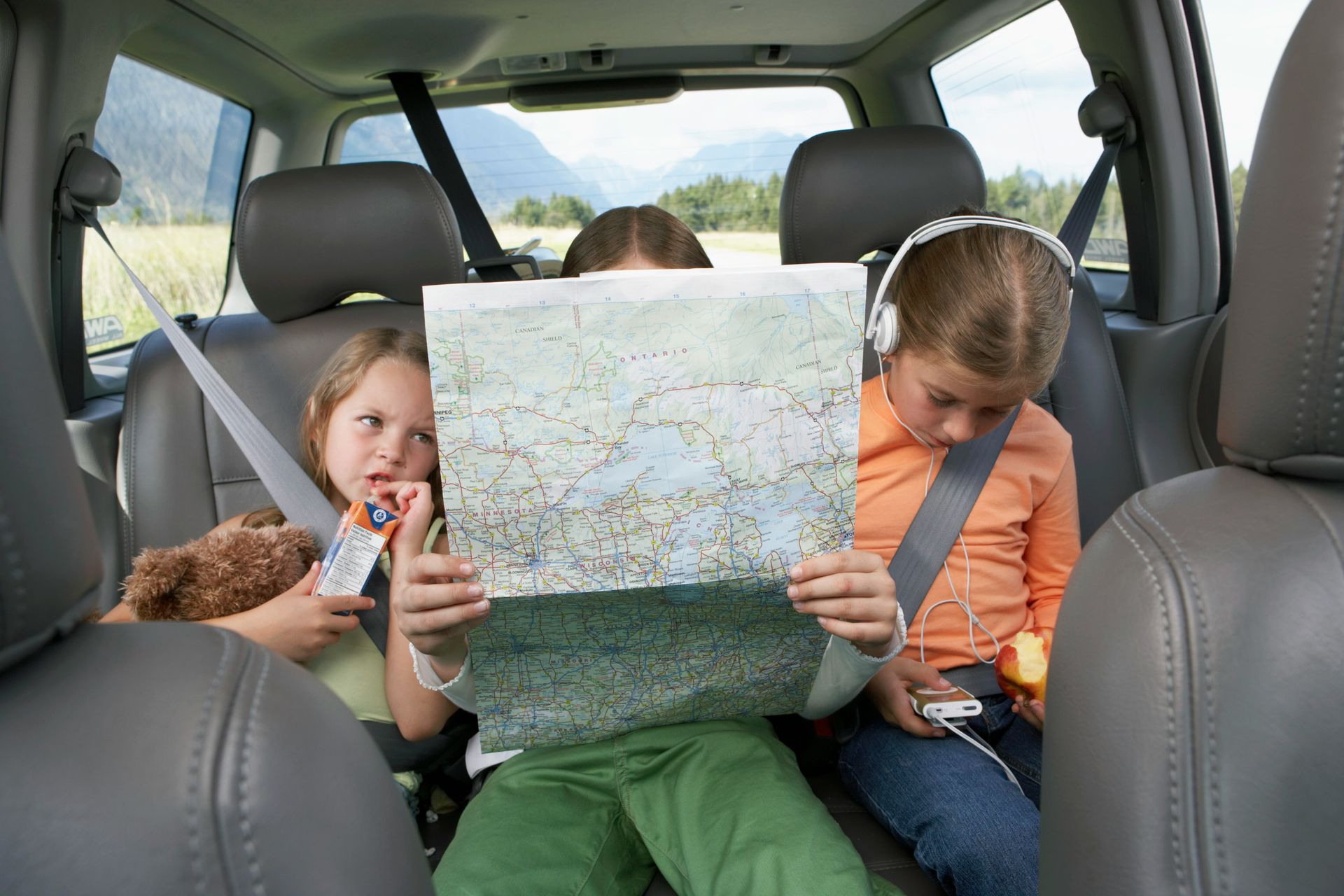
2. Landmark Spotting
Historical Buildings
What to Look For: Old courthouses, historic homes, or famous buildings.
Monuments and Statues
What to Look For: War memorials, statues of famous people, or significant monuments.
3. Natural Landmarks
What to Look For: Mountains, rivers, lakes, or parks.
4. Cultural Sites
What to Look For: Museums, theatres, or cultural centers.
5. Educational Institutions
What to Look For: Universities, colleges, or notable schools.
Understanding Street Signs
Another fantastic lesson is understanding street signs. Point out and explain common signs for gas stations, restaurants, hospitals, and rest areas, emphasizing their importance during long trips.
For instance, gas station signs usually feature a fuel pump icon, while restaurant signs often show a fork and knife. Hospital signs are marked with an "H," indicating emergency services. Rest area signs might include symbols for picnic tables or restrooms.
Teach kids to recognize these signs and understand their meanings so they know where to find essential services when needed.
Recognizing and Interpreting Traffic Signs
In addition to these basic signs, when travelling with kids in the car, it's crucial to help them understand various traffic signs that ensure safety on the road. You can explain the significance of stop signs, yield signs, and pedestrian crossings.
Also, teach your kids about school zone signs, which usually include flashing lights or specific times when reduced speed limits are in effect to protect children around schools.
Lastly, introduce your kids to construction zone signs and detours. Construction zones often have orange signs and cones. These warn drivers to slow down and be cautious due to workers and changing traffic patterns.
Educating kids about these various street and traffic signs equips them with essential knowledge for navigating roads safely and efficiently, fostering responsible and informed future drivers.
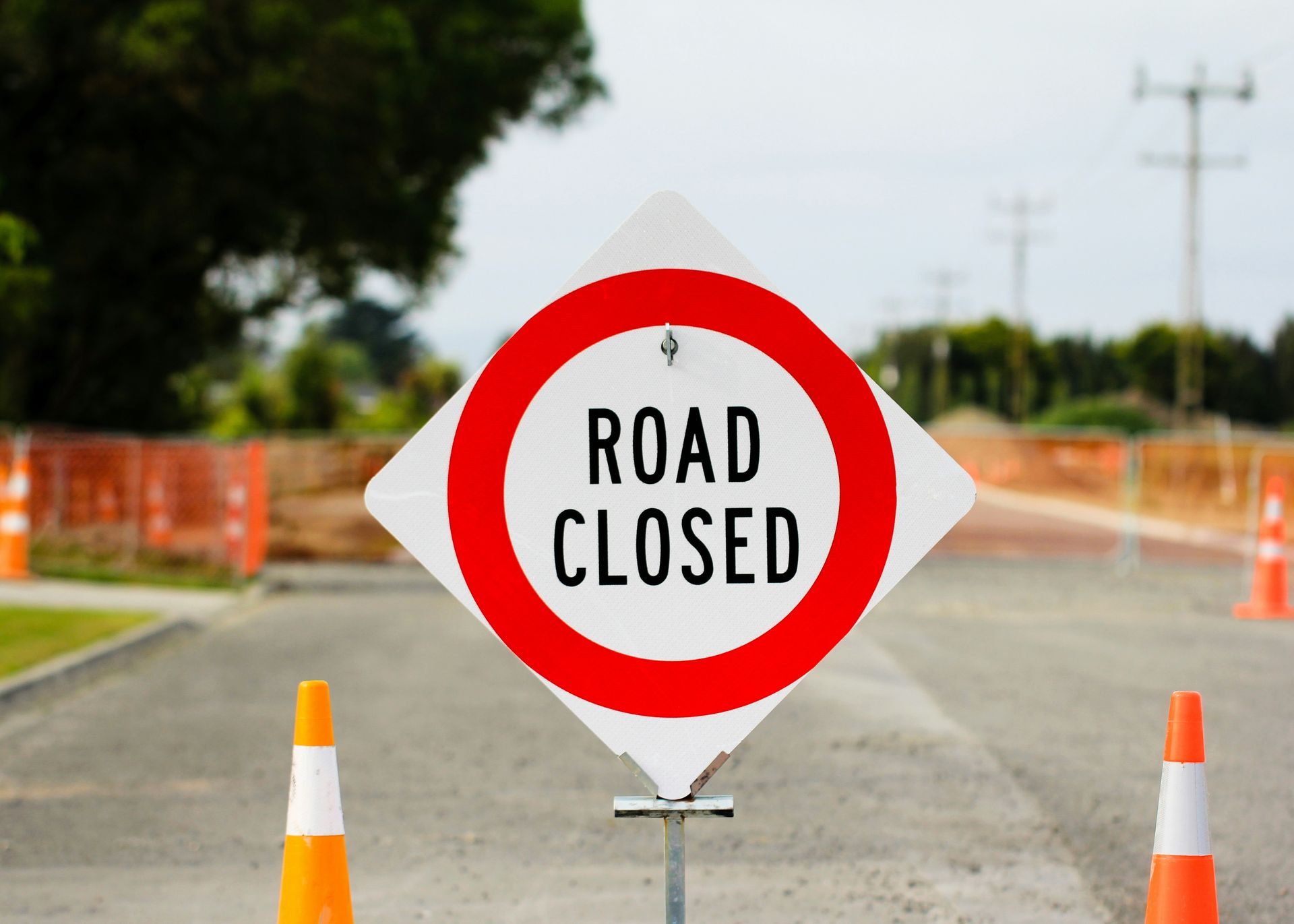
Conclusion
Keeping kids entertained in the car without technology is all about creativity and interaction. Whether on a long road trip or just a short drive, these activities can make the journey fun and memorable for everyone. Plus, they help kids learn essential skills like map reading and paying attention to their surroundings.
Next time you hit the road, try some of these ideas and see how they transform your trip!
Next Week
Are You Struggling to Find “Me Time” This Summer?
Summer is in full swing, and while having the kids home from school is a blast, it can also make finding a moment for yourself or your partner seem like a distant dream. Between juggling playdates, activities, and endless energy, it’s easy to feel like you’re constantly on the go without a moment to breathe.
But don’t worry—I've got you covered! Next week, I’ll explore
creative ways to reclaim your time and reconnect with your partner, even amidst the summer chaos. Stay tuned!
"Remember, change begins with ourselves.
Put your knowledge into action and reach your full potential ."
Wishing you heartfelt warmth
and support on your parenting journey!
Cathy
Wish Setting Boundaries Was Easier?
Grab your FREE 7-day guide and create boundaries that bring you peace and balance!
